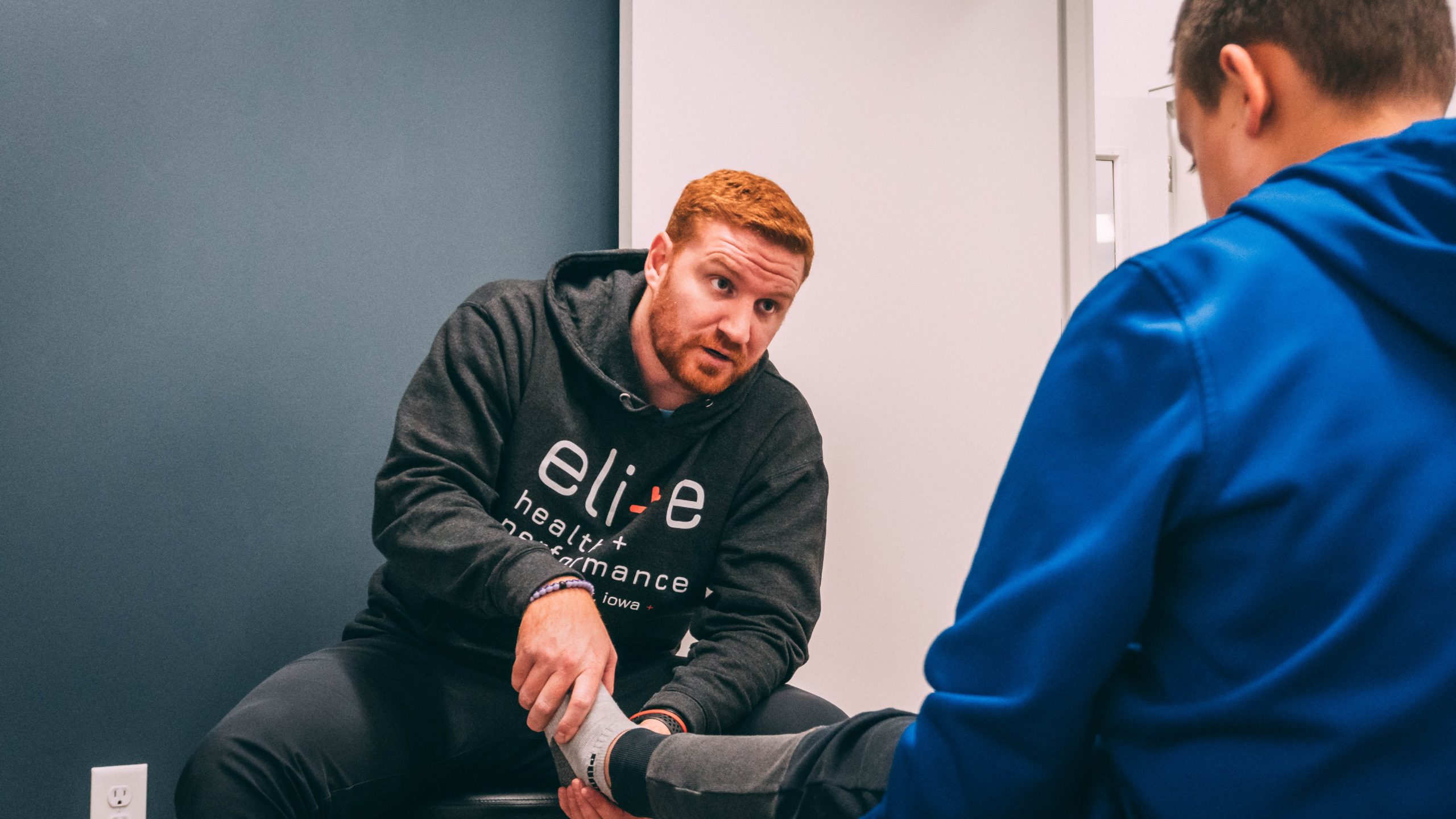Physical therapy is something you might have overheard at the doctor’s office or spoken with a friend about, but what exactly is it? Physical therapists help people manage and recover from pain by helping them improve their mobility. They guide patients in setting goals for their ideal range of movement and recovery, then use exercises, activities, and other tools to help them minimize pain. There are many different specializations under the umbrella of physical therapy, from cardiovascular physical therapists to physical therapists that specifically work with older patients. While there is a popular misconception that physical therapy is only valuable for people that have been injured, the reality is that physical therapy can help anyone experiencing pain.
What can physical therapy help with?
The easiest way to tell if someone needs physical therapy is if they consistently experience any sort of pain or muscle aches. Since this symptom is so broad, many people can benefit from physical therapy. Some common reasons for seeking physical therapy include:
- Difficulty moving: This is the most common reason for seeking out physical therapy. To address this, physical therapists will help give patients activities or exercises that gradually increase their ability to get around.
- Recovery from an injury, surgery, or illness: Many patients who undergo surgery or recover from injuries or illnesses seek physical therapy afterward. In these situations, physical therapy is beneficial, as it helps patients recover in a healthy way without re-injuring themselves. It can also help patients regain their strength. For example, physical therapists are instrumental in assisting those who undergo lower-body surgery to walk painlessly.
- Work-related injuries: Strain from repetitive motions, slips, falls, and other workplace injuries can all be addressed with the help of a physical therapist.
- Wound care: Diabetic wounds, post-surgical wounds, burn wounds, and many others can all be treated through physical therapy. In this case, a physical therapist would help determine what treatments to use and how often to use them while also improving strength to ensure a speedy recovery.
- Balance issues: Physical therapists can give clients exercises to improve balance and help find the sources of their problems. Many balance issues stem from vertigo caused by muscles in the inner ear, so physical therapists will help strengthen these muscles.
- Bladder/bowel Incontinence: For those struggling with urine leakage, physical therapy can help significantly. Physical therapists will evaluate the strength of muscles in the patient’s pelvic floor, then help strengthen the area through exercises and even electrical stimulation.
There are many more reasons for seeking physical therapy! Besides addressing direct pain symptoms, physical therapy can also be helpful for preventative care. They can adjust patients’ posture, prevent injuries before they happen, and prescribe exercises that prevent muscles from straining.
How To Find Physical Therapy
If you think that physical therapy might be right for someone you care for, here are the following steps to take.
- Ask the person you care for to consult a doctor. In most states, an official referral isn’t required, but the advice of a doctor will still help determine which specialization of physical therapy would be the most useful.
- Double-check your insurance requirements. Some policies may want clients to seek a doctor’s referral first, and their insurance coverage might be limited to in-network providers.
- Use this handy database: https://aptaapps.apta.org/APTAPTDirectory/FindAPTDirectory.aspx In the database, there are options to sort by location and specialization, so search results will be more direct.
- Ensure that your potential physical therapist provides the right specialization you and the person you care for are looking for, is covered under your health care plan, and is authentic. You can generally tell if a physical therapist is qualified by the letters PT or DPT next to their name on a business card or website.
- Ask for an evaluation. In a typical first appointment, a physical therapist will evaluate the patient’s issues and set goals with them to create a plan for recovery or care.
If you have any questions, the best resource is either to ask a doctor or directly call a physical therapist’s office. Physical therapy is undoubtedly an essential part of both preventative care and recovery, so speak with the older adults in your life about finding one near you.




